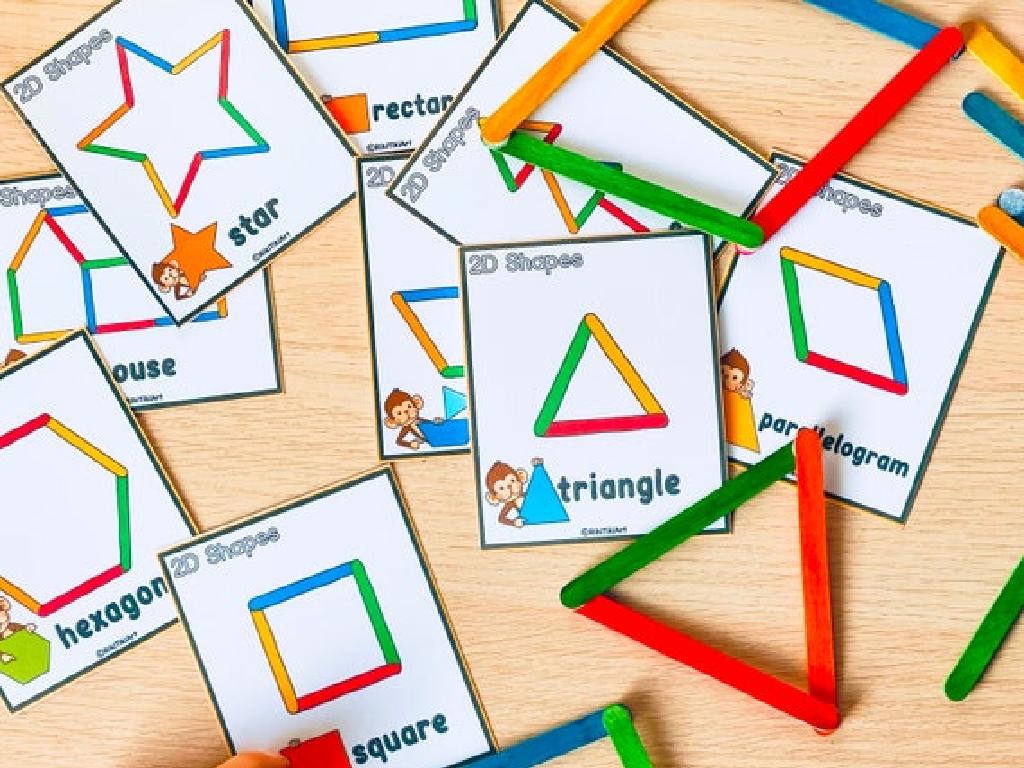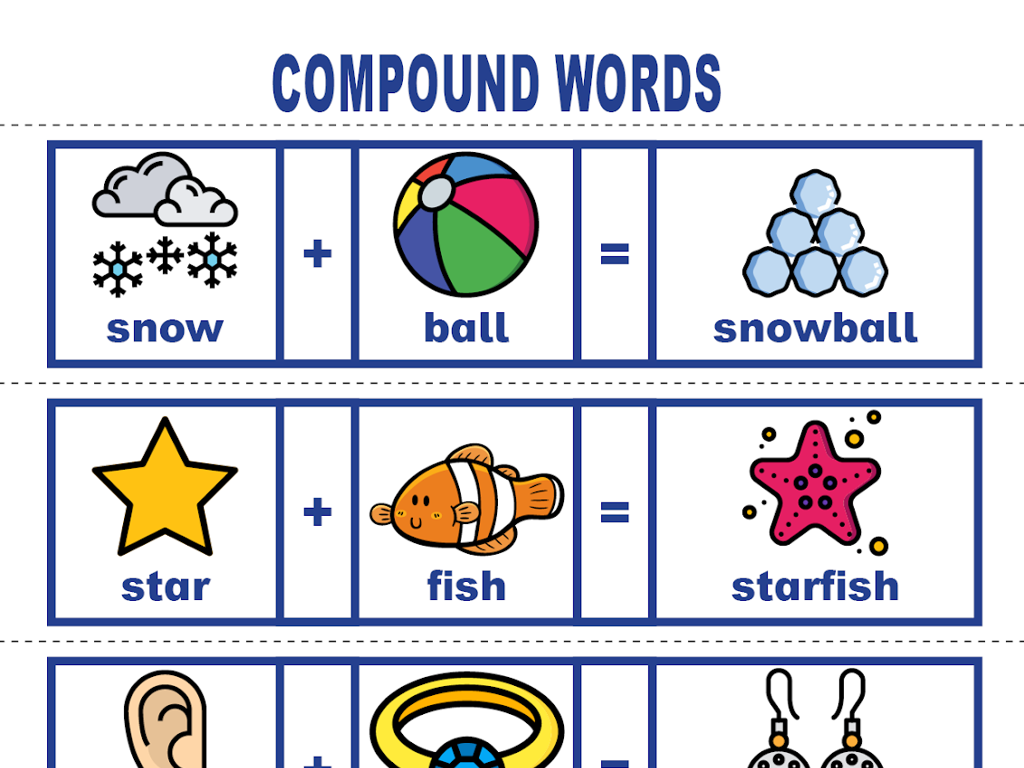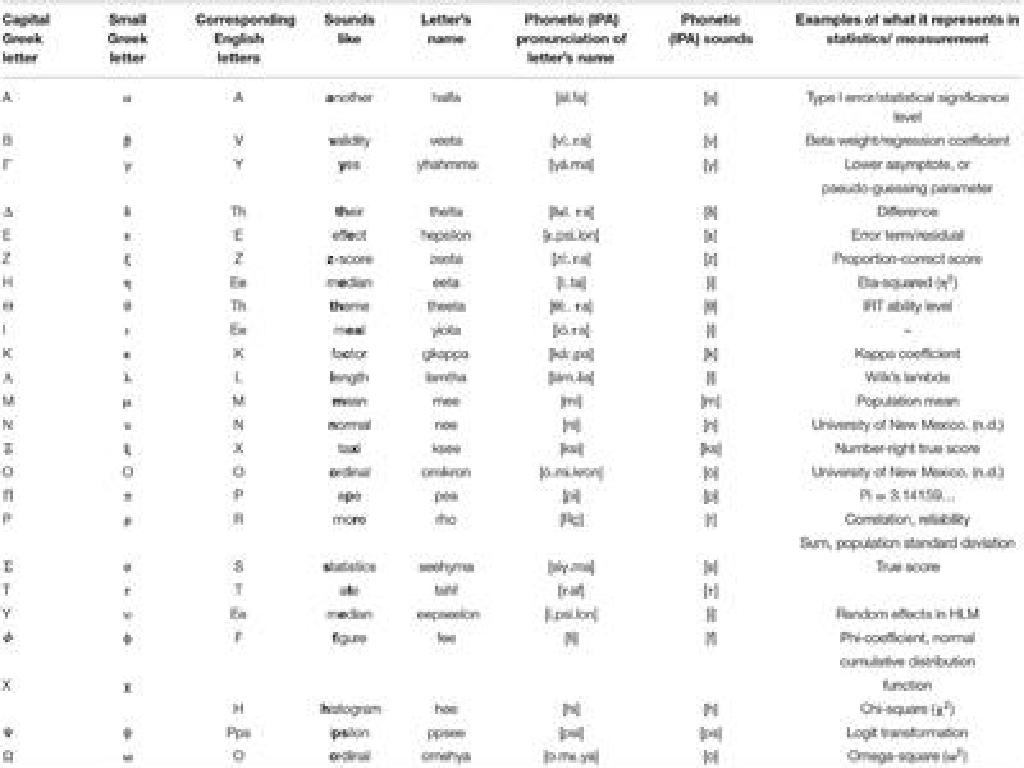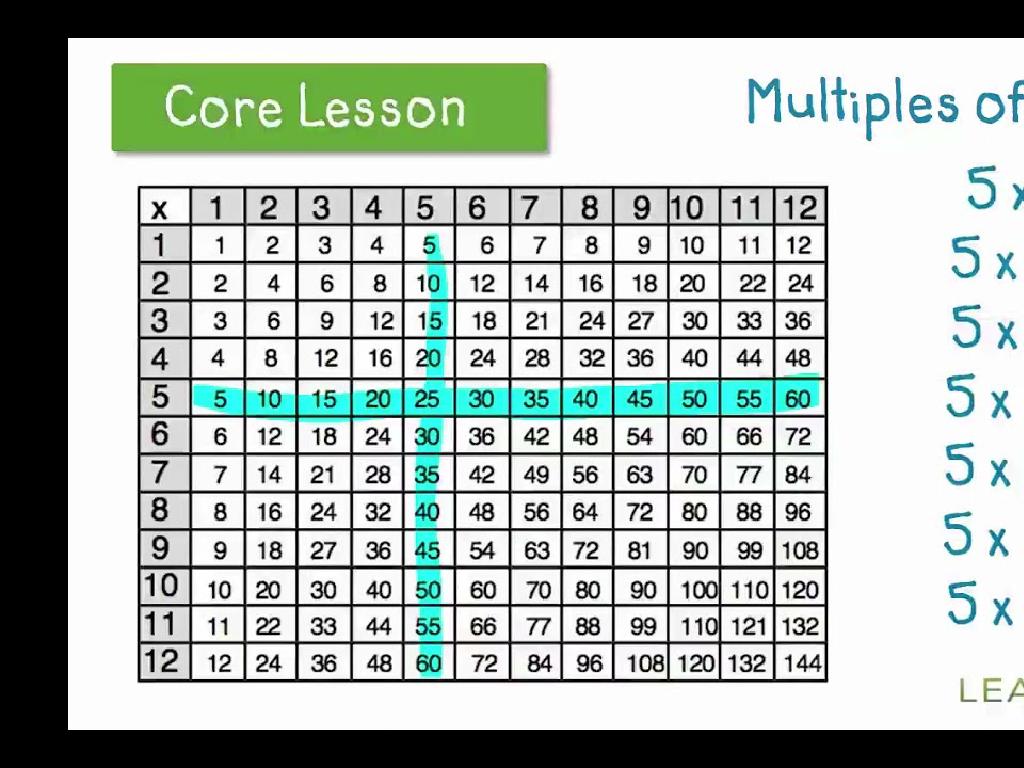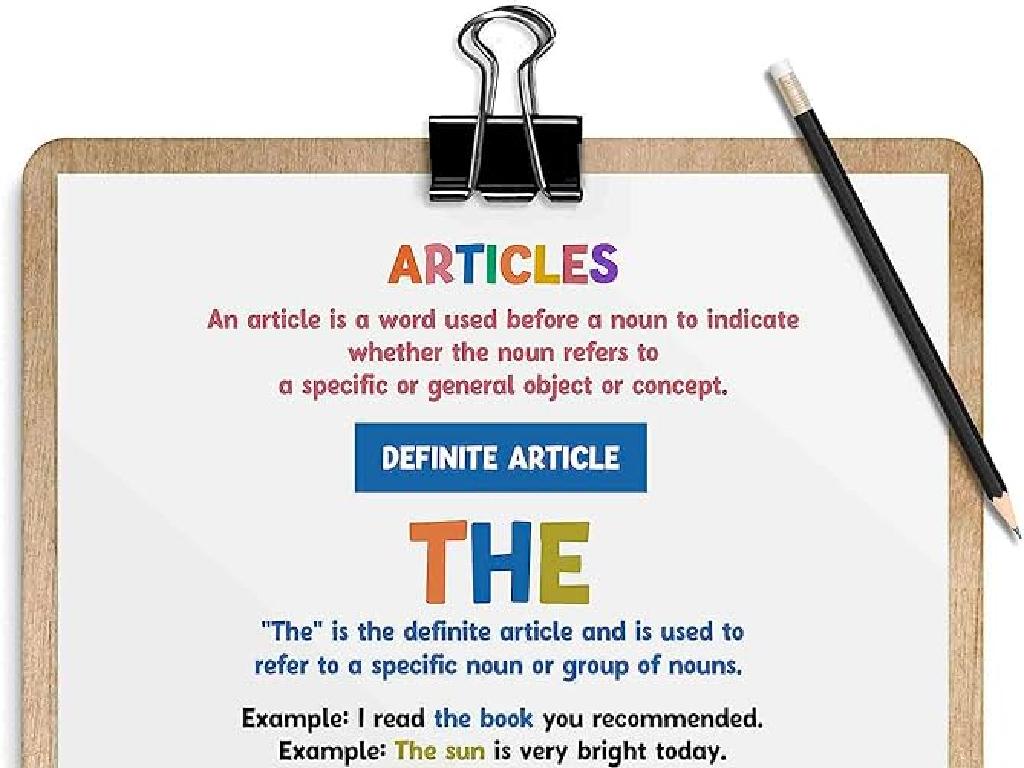Observe And Compare Traits
Subject: Science
Grade: Second grade
Topic: Traits
Please LOG IN to download the presentation. Access is available to registered users only.
View More Content
Welcome to the World of Traits!
– Today’s topic: What are traits?
– Traits in humans and animals
– Eye color, fur patterns, beak shape
– Traits in plants
– Leaf size, flower color, stem height
– Observing and comparing traits
– We’ll look at traits and see how they can be similar or different
|
In today’s class, we will explore the concept of traits, which are characteristics or features that can be passed from parents to their offspring. Traits can be physical, like the color of our eyes, or the shape of a bird’s beak. In plants, traits can include the size of the leaves, the color of the flowers, or the height of the stem. We will observe and compare these traits to understand how they can be similar or different among individuals. Encourage the students to think of traits they have and how they might compare with their classmates. This will help them grasp the idea of inheritance and variation in a fun and interactive way.
Understanding Traits
– Traits are passed down features
– People have traits like hair color
– Eye color and height are also traits
– Plants and animals have traits too
– Leaf shape in plants, fur patterns in animals
– Traits vary in every living thing
|
This slide introduces the concept of traits to second-grade students. Traits are characteristics or features that are inherited from parents to offspring. Examples for humans include hair color, eye color, and height, which can be easily observed and compared among classmates. Similarly, in plants and animals, traits can be leaf shapes or fur patterns. Encourage students to observe and discuss the variety of traits they see in the classroom and at home. This will help them understand the concept of inheritance and the diversity of traits in living organisms.
Observing Traits
– Traits are observable features
– Traits like color, shape, and size can be seen
– Use senses to notice differences
– Touch to feel texture, smell flowers, or taste fruits
– Examples of observable traits
– Compare leaf shapes or flower colors
– Engage in a class activity
|
This slide introduces the concept of traits as observable features that make every living thing unique. Explain that traits can be observed using our senses: sight, touch, smell, and taste. Provide examples such as different leaf shapes, flower colors, or fruit tastes to illustrate the point. Engage the class in an activity where they can observe and compare traits among themselves or with classroom objects like plants or fruits. This will help them understand the concept of traits and how they can be compared using their senses. Encourage participation and ask students to describe the traits they observe.
Comparing Traits
– Importance of comparing traits
Helps us understand and appreciate diversity.
– Similarities and differences in dogs
Look at size, fur, color, or ear shape.
– Partner discussion activity
Talk about what makes each dog unique.
– Share findings with the class
|
This slide aims to engage students in understanding the importance of comparing traits to appreciate the diversity in living organisms. Start by asking students why they think it’s important to compare traits, guiding them to the understanding that it helps us recognize and value the differences and similarities among individuals. Use pictures of two different dogs to illustrate this point, and encourage students to observe physical traits such as size, fur, color, and ear shape. Have them discuss with a partner to practice verbal communication and critical thinking. Finally, invite students to share their observations with the class to foster a collaborative learning environment. This activity will help students apply the concept of trait comparison in a tangible and interactive way.
Traits in Our Classroom
– Observe our classroom traits
– Hair color, eye color, and height
– Notice the variety of colors and heights around us
– Everyone’s uniqueness
– Each trait makes us who we are
– Celebrating our differences
– Sharing what makes us special helps us appreciate each other
|
This slide is aimed at helping second-grade students observe and compare different traits among their classmates. Encourage the students to look around and notice the diversity in hair color, eye color, and height. Emphasize that these traits make each person unique and special. It’s important to foster an environment of acceptance and celebration of these differences. As an activity, you could have students draw portraits of their classmates, focusing on these traits, or share stories about what they like about their own unique features. This will help them understand and appreciate the concept of individuality and diversity in a fun and engaging way.
Activity Time: Trait Scavenger Hunt
– Let’s go on a trait scavenger hunt
– You’ll get a checklist for traits
– The checklist will have different traits like hair color, leaf shape, etc.
– Work with a buddy to find traits
– Pair up and help each other during the hunt
– See how many traits you can spot!
|
This activity is designed to be a fun and interactive way for students to learn about traits by observing their surroundings. Provide each pair of students with a checklist that includes various traits to look for, such as hair color, eye color, plant leaf shapes, or types of seeds. Encourage them to observe their classmates, plants, and classroom pets if available. The goal is to mark off as many traits as they can find on their checklist. After the activity, gather the class and discuss the different traits they found, emphasizing the diversity and uniqueness in all living things. This will help reinforce the concept of traits and how they can be observed in our everyday environment.
Sharing Our Findings: Traits Scavenger Hunt
– Discuss scavenger hunt discoveries
– Identify the most common trait
– Which trait did many of us find?
– Share the most unique trait found
– A trait that was different and stood out
– Reflect on our trait observations
– Why do we think these traits appeared?
|
This slide is meant to facilitate a discussion among second-grade students following a scavenger hunt activity focused on observing and comparing traits. Students will share their findings with the class, discussing the traits they observed. Encourage them to think about which trait was most common among their findings and to share any unique or rare traits they discovered. This will help them understand variation and commonality in traits. The reflection part will allow students to think critically about why certain traits are more common or unique. As a teacher, guide the discussion to ensure each student has a chance to share and to help them understand the reasons behind trait distribution and variation.
The Importance of Traits
– Traits make us unique
– Diversity of life is beautiful
– Traits explain why each living thing is different and special.
– Appreciate everyone’s traits
– Like how we all have different hair color, height, or leaf shapes in plants.
– Respect each other’s differences
– It’s important to be kind and value what makes each of us special.
|
This slide concludes our lesson on traits by emphasizing their importance in creating diversity and individuality among people, plants, and animals. Traits are characteristics that are passed down from parents to their offspring, and they contribute to the unique qualities of each living thing. It’s crucial to instill in students the value of appreciating and respecting the differences in traits among their peers and in nature. Encourage students to observe and celebrate the variety of traits they see in the classroom and in their environment. This fosters a positive attitude towards diversity and helps build a respectful and inclusive community.
Class Activity: Create Your Own Creature
– Draw an imaginary creature
– Consider unique traits
– Think color, size, shape
– Prepare to present your creature
– Share why you chose each trait
|
In this fun and engaging class activity, students will apply their understanding of traits by drawing their own unique creatures. Encourage them to be as creative as possible, thinking about the color, size, shape, and any special features their creature might have, such as wings or multiple eyes. Remind them that traits are characteristics that make their creature special. After they have completed their drawings, each student will have the opportunity to present their creature to the class and explain the traits they chose. This activity will help reinforce the concept of traits and allow students to observe and compare the diversity in their classmates’ creatures. Possible variations of the activity could include creating creatures in pairs, writing a short story about their creature, or even a ‘creature gallery walk’ where students can observe all the creatures and vote on the most unique traits.

